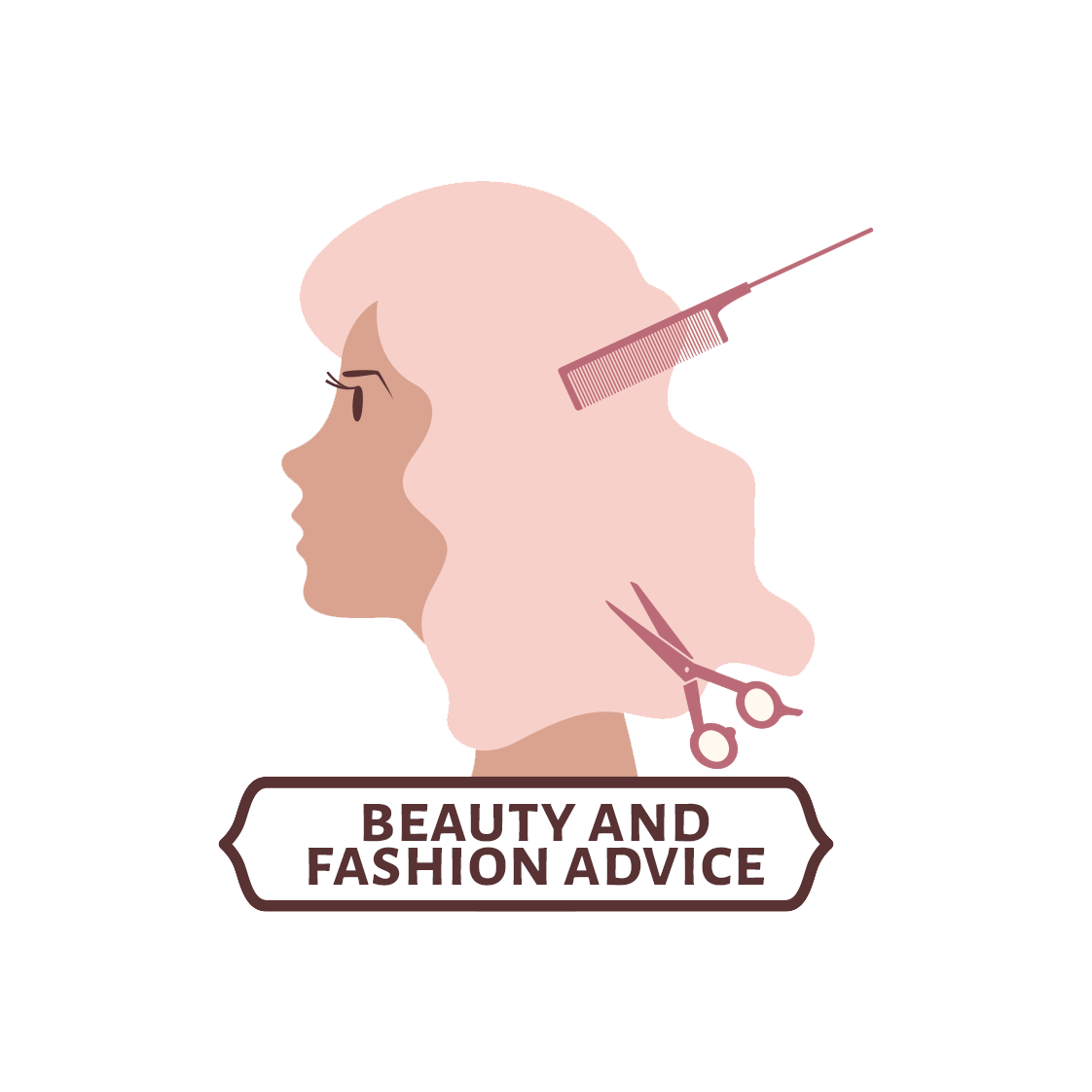Emilia Wickstead is a romantic at heart, but her show today got off to a hair-raising start. Within a stark white space at the Saatchi Gallery, the arresting sound of Bernard Hermann’s string score for Psycho blasted from the speakers. The first model stormed down the runway in a mock-croc coat and calf-high lace-up boots, a gloved hand clasping the jacket together in a protective gesture and a dissonant pop of color provided by a saturated turquoise collar. Yes, this season, Wickstead was looking to Hitchcock—specifically The Birds and Tippi Hedren’s beleaguered protagonist Melanie Daniels—to build a rich wardrobe of ’60s-inspired tailoring and eveningwear capturing the Hitchcock blonde’s unique blend of the prim and the perverse.
But Wickstead didn’t take her cues directly from the iconic costumes worn by Hitchcock’s heroine archetypes—those tropes feel like well-worn territory at this point, especially given that skirt suits, car coats, and ladylike bags are a beloved reference of Miuccia Prada’s. Instead Wickstead expanded her field of vision. That included costumes from across the entire film, such as the red cardigan of the schoolteacher and the tweed suits of the women puttering around the fishermen’s village of Bodega Bay, as well as a trio of women all closely involved in its creation: Hedren, of course; plus legendary costume designer and long-time Hitchcock collaborator Edith Head; and novelist Daphne du Maurier, on whose short story the movie was based. “I wanted to strip back the glamour and the fantasy of Hitchcock a little bit, and make it feel relevant for today,” said Wickstead. “And real.”
That sense of reality encroaching on this cinematic fantasy world emerged through more subversive details: silk shirts with collars wildly askew and artfully creased to form a kind of plaid; pointed bras worn under sweaters to add a subtle spike of nipple underneath. Indeed, Wickstead was clearly feeling a little racy this season, with plenty of flashes of skin courtesy of a cowl neck crop top and a standout hot red one-shouldered dress. “I was thinking about how to bring a feeling of dishevelment without actually taking a garment to pieces, and I wanted to create this effect that it was almost falling off the body,” she said. Elsewhere, a more quotidian touch was added to evening looks by having the models walk with newspapers emblazoned with “The Wickstead Times” tucked under their arms, and even the most strait-laced looks, such as a trio of tailored outfits with matching pillbox hats, came in icky hues of chartreuse and fleshy pink that felt quietly unsettling.
Of course, Wickstead’s dreamier, more fanciful side had to shine through eventually—largely thanks to a series of ravishing gowns toward the end that put a wonkier twist on her signature chintzy patterns. First, there were silver enamel flowers that elicited a satisfying rattle as they passed down the runway; then they were reinterpreted in icy blue as an eerie print on dresses and covered with a layer of glossy organza to create a ghostly effect. “I wanted it to feel surreal, but also add a bit of modernity too,” the designer said of the print. It was a sentiment that saw her loop back to the origins of the collection, and the parallels she quickly identified between the way women like Head and Du Maurier wore clothes decades ago and how women like Wickstead and those in her orbit get dressed today. “The way women dressed was never as buttoned-up as you might think,” she said, breaking into a wide smile. “I found it exciting and refreshing to discover.” Looks like Wickstead found her romantic side in the end.















